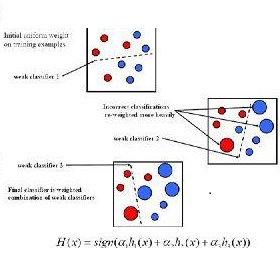We present the implementation of seizure detection algorithms based on a minimal number of EEG channels on a parallel ultra-low-power embedded platform. The analyses are based on the CHB-MIT dataset, and include explorations of different classification approaches (Support Vector Machines, Random Forest, Extra Trees, AdaBoost) and different pre/post-processing techniques to maximize sensitivity while guaranteeing no false alarms. We analyze global and subject-specific approaches, considering all 23-electrodes or only 4 temporal channels. For 8s window size and subject-specific approach, we report zero false positives and 100% sensitivity. These algorithms are parallelized and optimized for a parallel ultra-low power (PULP) platform, enabling 300h of continuous monitoring on a 300 mAh battery, in a wearable form factor and power budget. These results pave the way for the implementation of affordable, wearable, long-term epilepsy monitoring solutions with low false-positive rates and high sensitivity, meeting both patient and caregiver requirements.
翻译:我们在一个平行的超低功率嵌入平台上展示了基于最少数量的EEG频道的缉获检测算法。这些分析以CHB-MIT数据集为基础,包括探索不同的分类方法(支持矢量机、随机森林、树外、AdaBoost)和不同的预处理/后处理技术,以最大限度地提高敏感度,同时保证不出现虚假警报。我们分析了全球和特定主题的方法,考虑到所有23种选择或只有4种时间渠道。对于8种窗口尺寸和特定主题的方法,我们报告没有假阳性和100%的灵敏度。这些算法是平行的超低功率(PULP)平台的同步和优化,使得300小时对300兆瓦电池的持续监测成为可磨损因素和动力预算。这些结果为实施负担得起、可磨损的、长期的癫痫监测解决方案铺平了道路,低误反应率和高灵敏度,满足了病人和护理需求。





